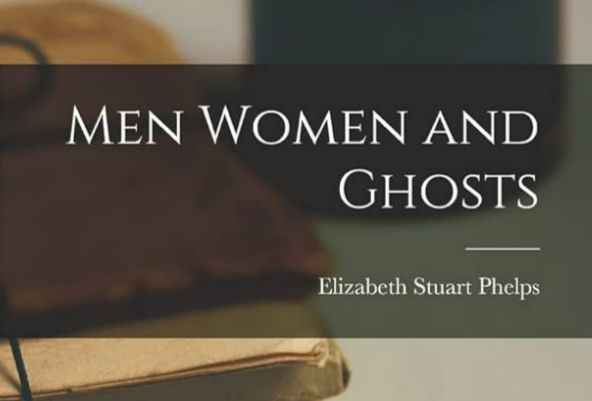Two Travellers in the Place Vendome
byIn this chapter titled Two Travellers in the Place Vendome, the story unfolds with a quiet spectacle—a funeral procession, unusual in both dignity and detail, proceeding along a dusty path to Longwood. Sixteen Chinese bearers walk in unison, each carrying a coffin meant not for sixteen, but for one man. Among them, one coffin once served as a dining table, adding a note of dry humor to the otherwise solemn occasion. Their cargo is a small figure in stature but immense in legacy. The atmosphere is reverent yet tinged with absurdity—four elaborate coffins for a man of modest size, underlining the complex balance between physical presence and historical magnitude. The onlookers do not speak, but the weight of legacy is palpable in every step, echoing a global fascination with the fallen emperor whose dreams had once redrawn the maps of Europe.
As the procession moves forward, a statue of the Emperor stands like a sentinel of memory—marble eyes unblinking, shoulders draped in permanence. No battlefield had brought his end, but rather time, exile, and the limits of the world he tried to reshape. The beat of a muffled drum leads not to combat, but to burial, a different kind of ceremony altogether. Here, he is not a general but a symbol—no longer able to command armies, but commanding attention nonetheless. His life’s brilliance, now dimmed, is compared to the fading echo of a wind-harp in an abandoned room—an image that lingers. Once-glittering coins of his empire lie buried beside him, their worth dissolved into history. In this moment, all material victories are rendered small, folded into the dust of ambition that outlived even the conqueror.
Later, the narrative transitions to a scene beneath a sharp Parisian sky, where two travelers stand at the Place Vendome, peering up at a column piercing the air. Atop the towering structure, a bronze man strikes a pose—imperial, decisive, isolated. One traveler squints, questioning whether the figure’s attire is theatrical or regal, while the other wonders aloud why such a slight form stands so high above. Their confusion gently mocks the monument’s intent, where height is meant to signify greatness. The statue, far removed from battle or speech, becomes a curiosity more than an icon. It asks not just to be admired, but to be questioned. How do we measure significance—by how tall the column is, or by how real the man had been beneath his borrowed bronze?
This moment of casual inquiry opens a subtle critique. The statue represents not the man, but the idea of the man. It is history cast in metal, stretched skyward, sculpted not just in tribute but in interpretation. In his living years, this figure had been feared and followed, yet here he stands—small in form, large in position—reduced to symbol. The two travelers, detached from his myth, now see only proportions. This discrepancy between legacy and appearance becomes a meditation on how time alters memory. What once commanded reverence now draws conversation; what was once unchallenged is now observed with distance. The emperor may have written history, but time has edited the margins.
By placing these moments side by side—the weight of the funeral and the whimsical confusion of the statue—the chapter draws attention to the duality of remembrance. A man who ruled by force is later remembered in stillness. The ambition that reshaped nations now stands locked in metal, vulnerable to pigeons and puzzled tourists. Yet neither the coffin procession nor the statue’s shadow denies his significance; instead, they suggest that significance is mutable. It is sculpted not only in war rooms but in whispers, in silence, and in passing remarks.
Two Travellers in the Place Vendome becomes a layered meditation on what it means to be remembered. The grandeur of monuments and the fragility of memory walk hand in hand. One day, a name might stir fear. Another day, it might draw a shrug or a squint from below a pedestal. And still, the figure stands—silent, bronze, and enduring—marked not by what he holds in his hand, but by what history has chosen to place at his feet.

